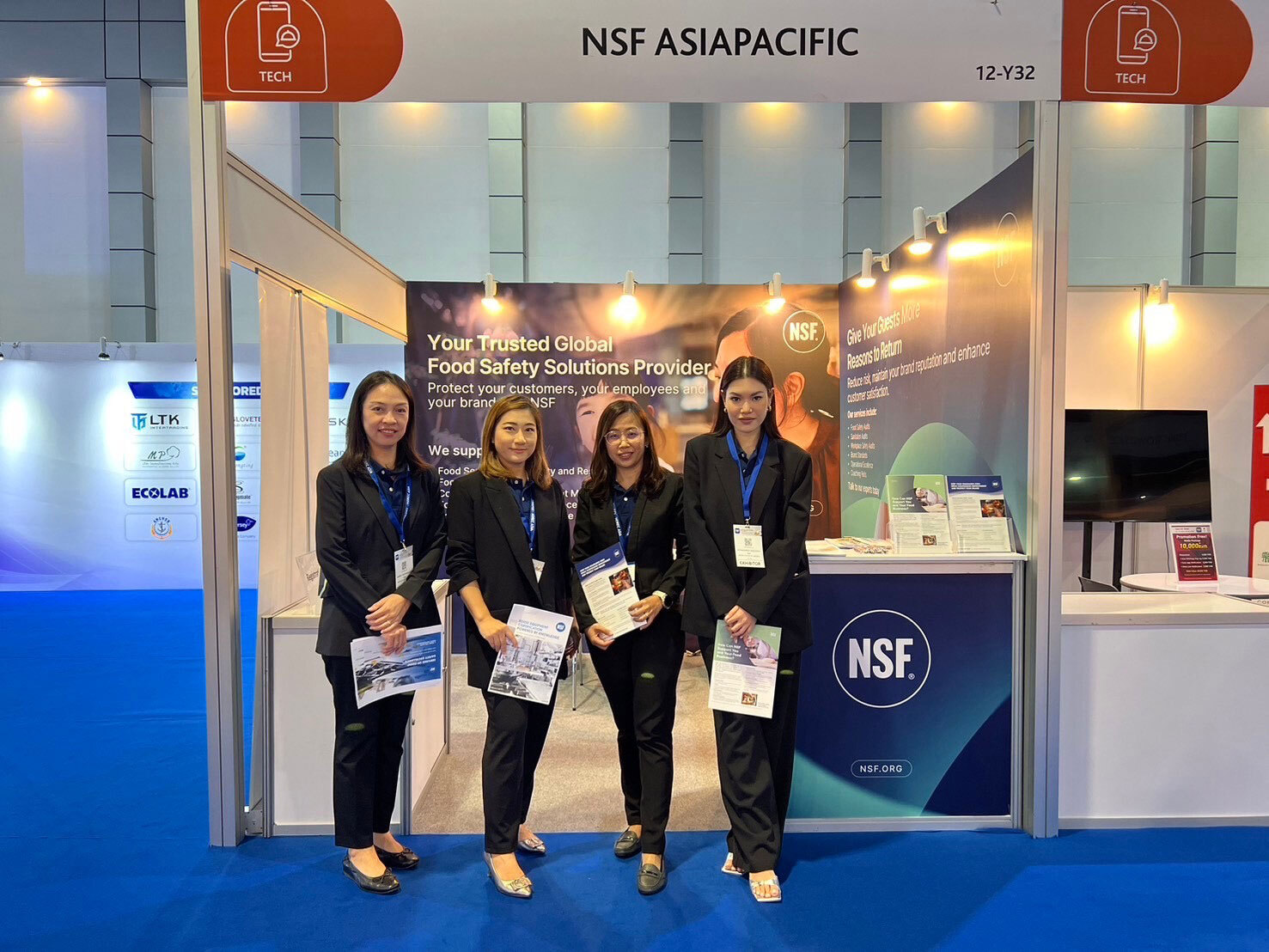The New World of Traceability: Technology Drivers for Traceability System Improvement in the Textile Industry
October 15, 2020
This webinar provides a deep dive into the prospects and possibilities of traceability technologies, from blockchain and forensic tracers, to remote sensing and inspections and artificial intelligence and machine learning.
- A panel of experienced practitioners discussed pros and cons, opportunities and challenges, and how we need to be thinking about implementing technology to improve our textile traceability system, and why.
- Kieran Kelly at gen-sys reviewed blockchain and AI applications
- MeiLin Wan at Applied DNA Sciences, discussed forensic tracers/DNA
- Wendy Branson, Manager of Service Operations within GeoSpatial Services at MDI, discussed application of technologies
This webinar is part two of a series. In part one, our panel discussed topics related to standards, certification, and traceability and how we can use these to advance our industry sustainability goals, as well as ways we can improve the system to establish more understanding, adoptability, efficiency, assurance and affordability.
How NSF Can Help You
Get in touch to find out how we can help you and your business thrive.

